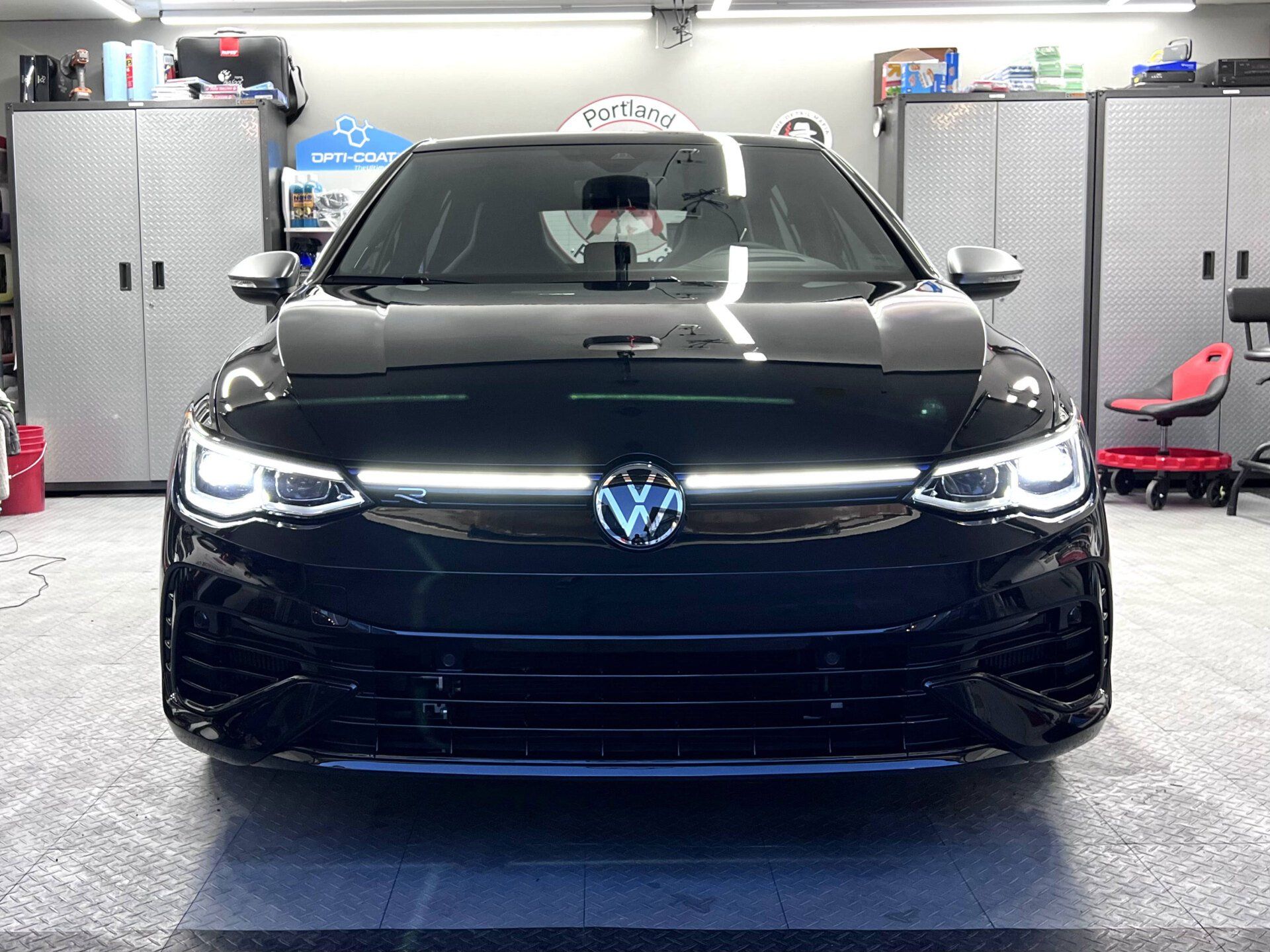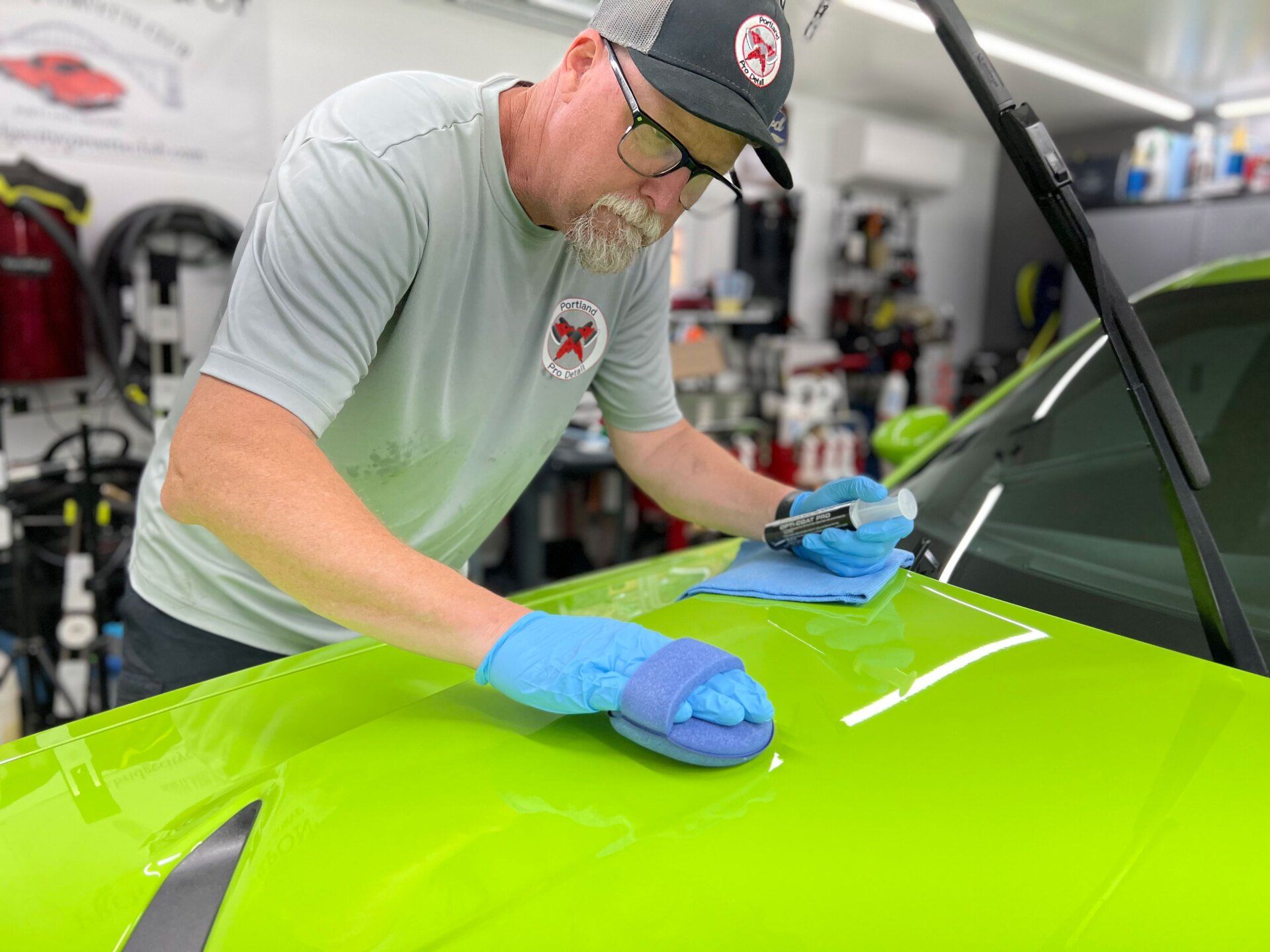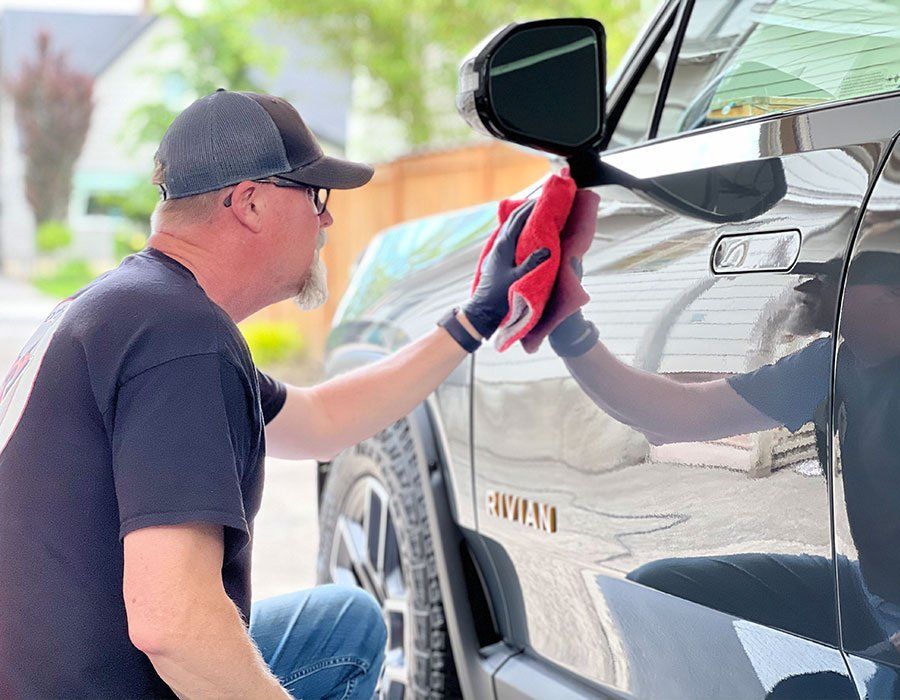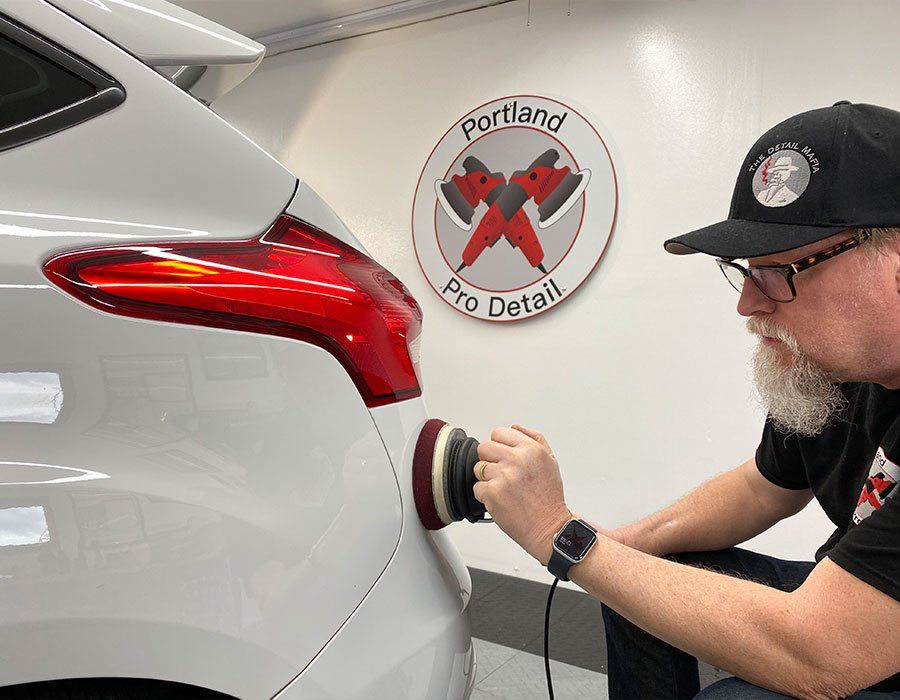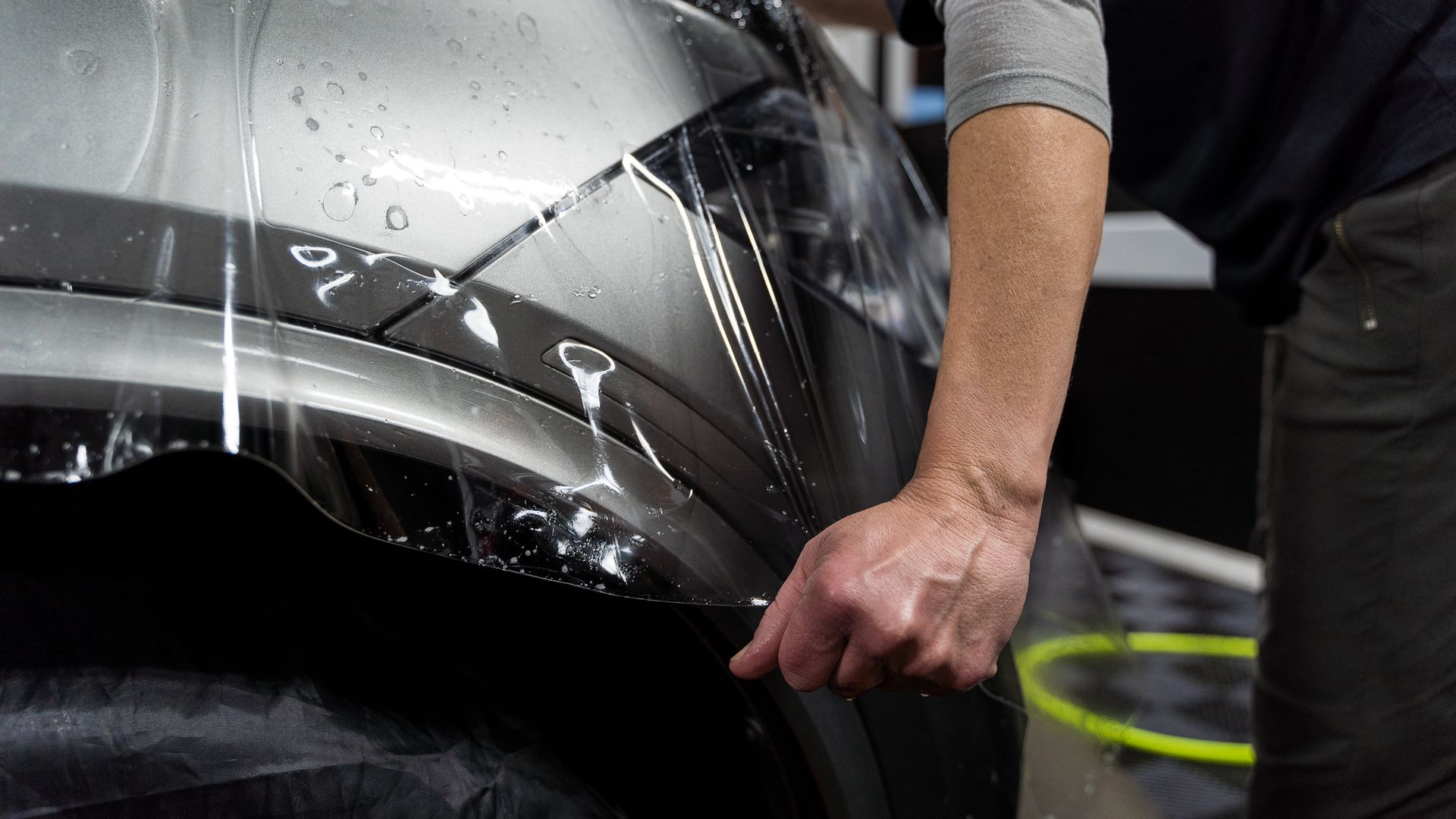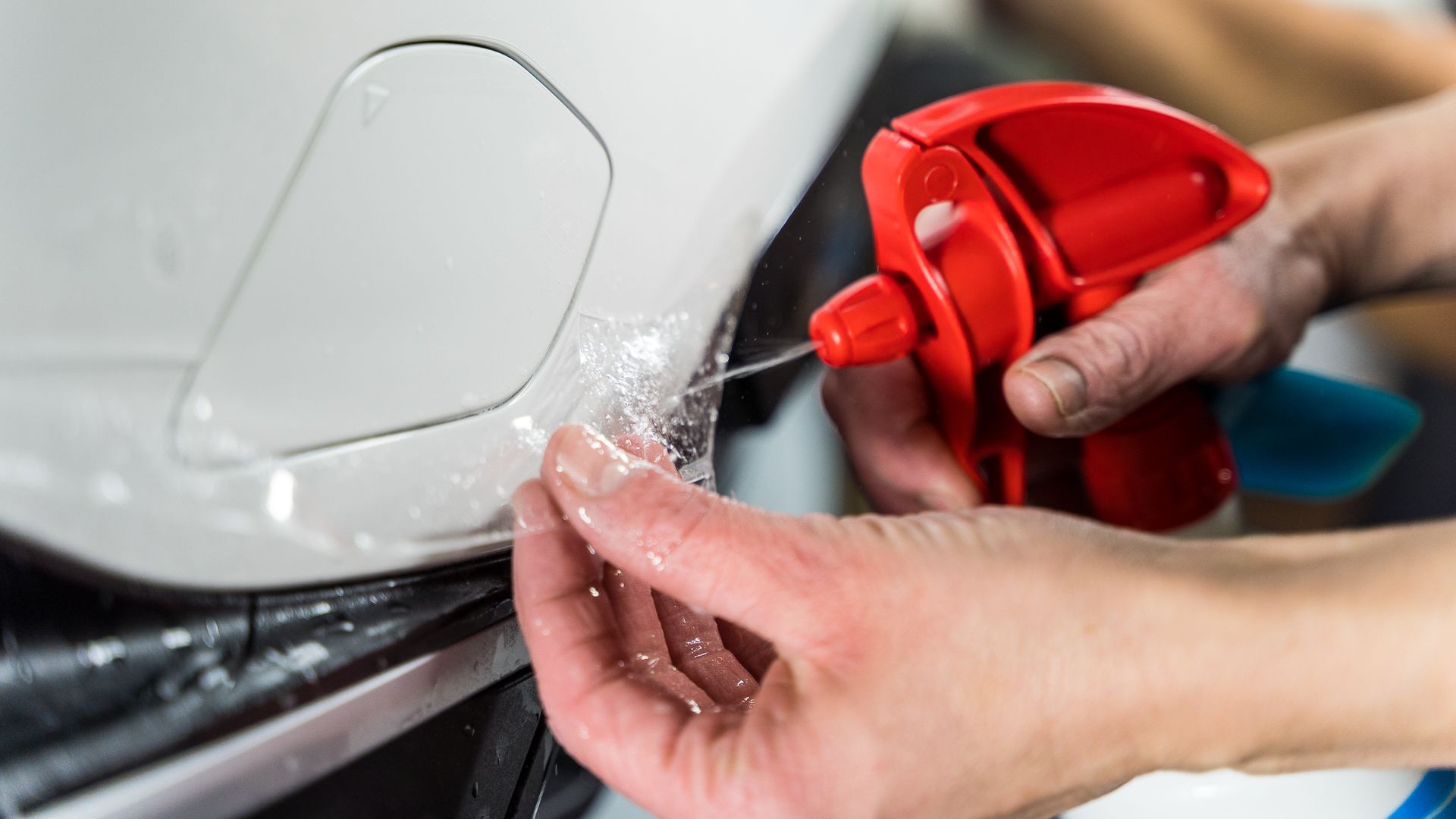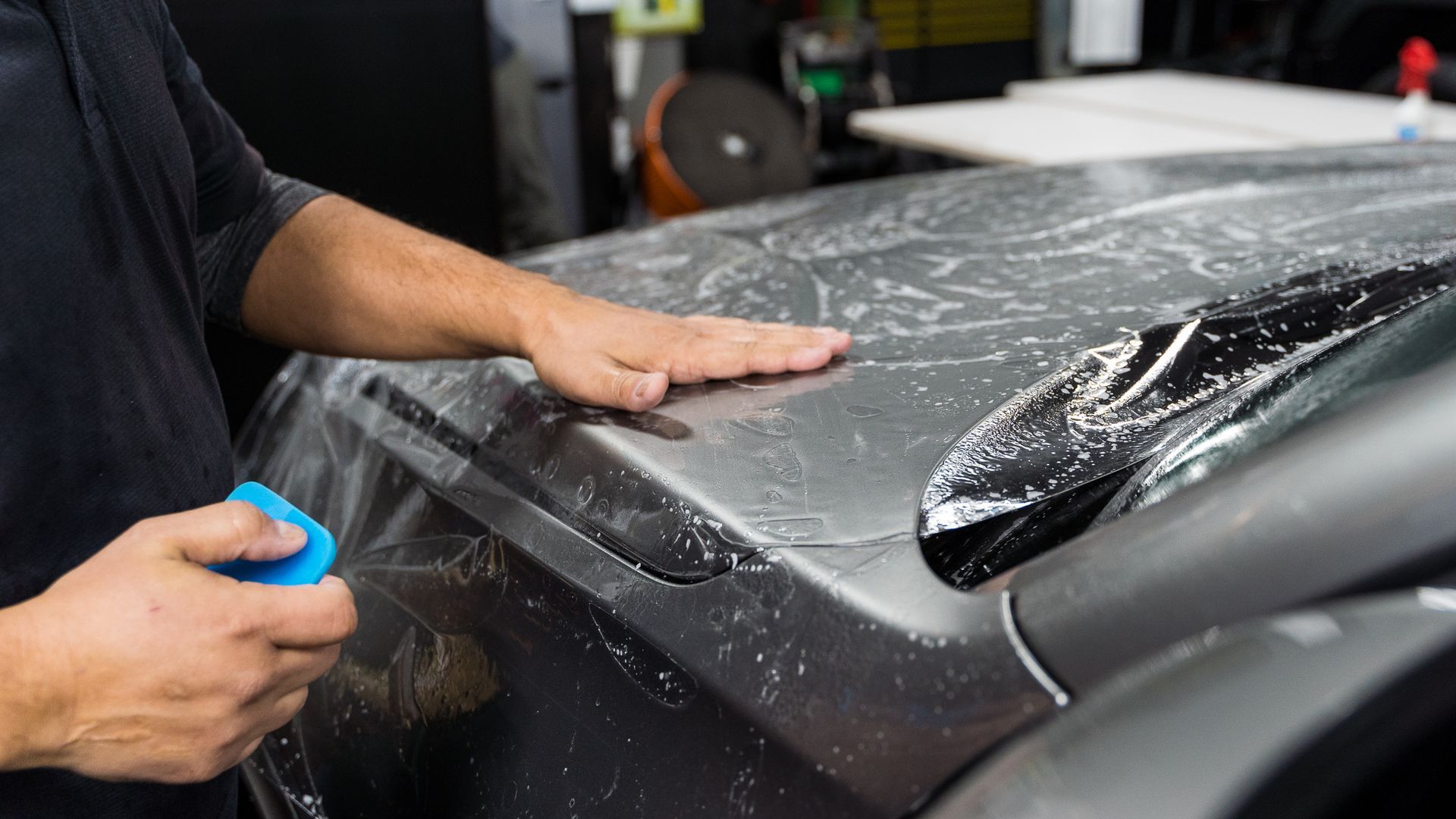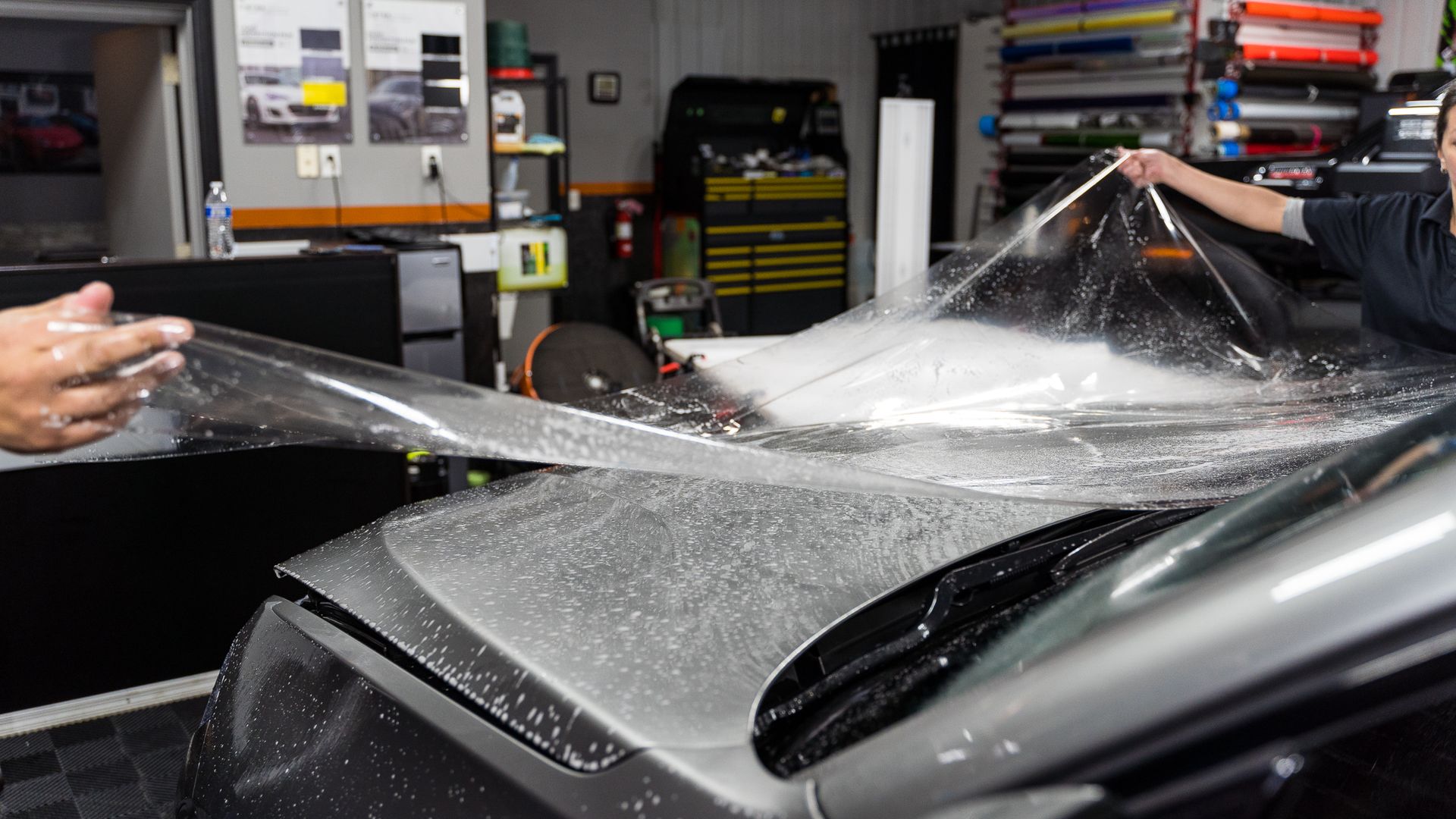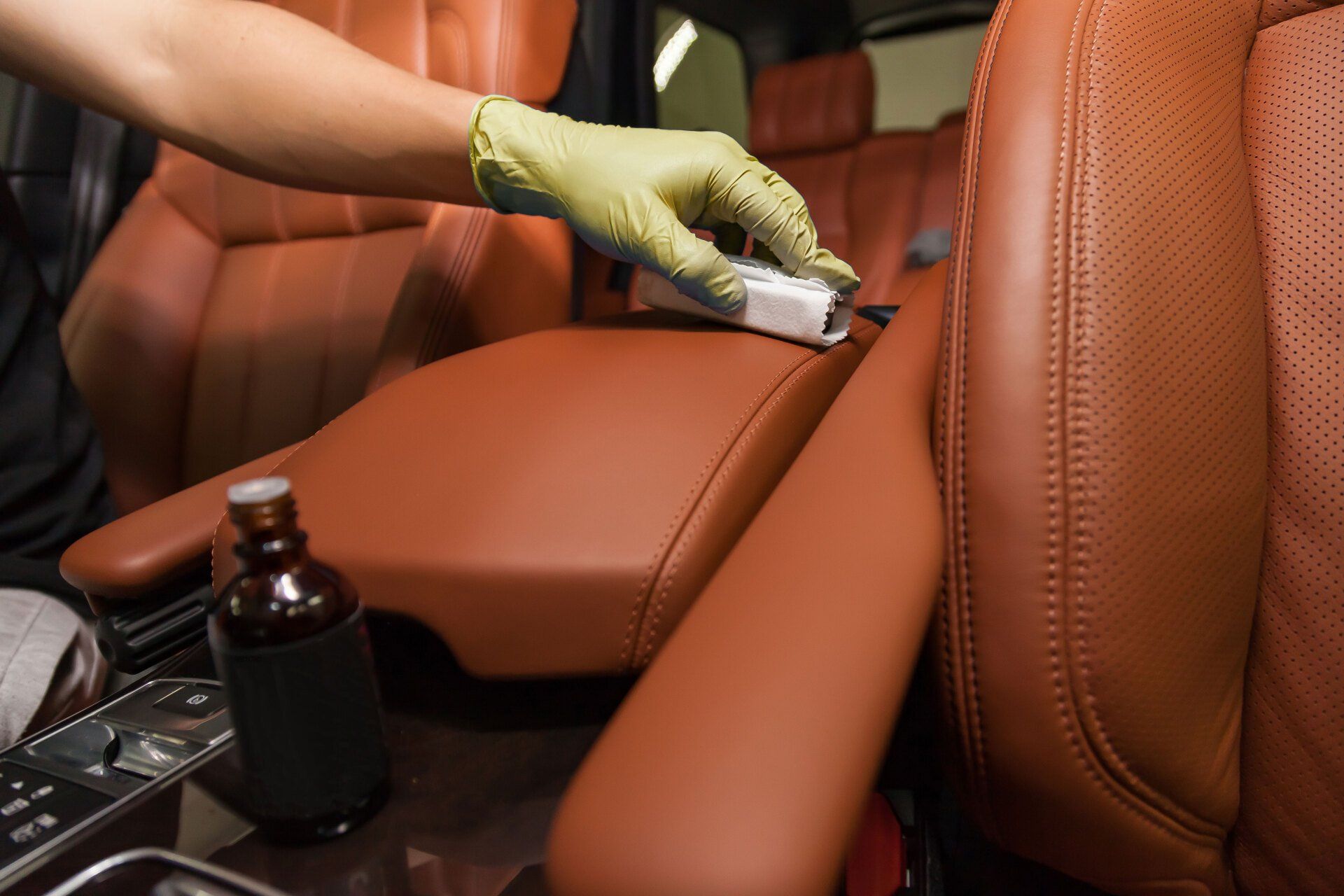The Benefits of Paint Protection Film for Vehicles: Ultimate Protection for Your Car
CALL (503) 444-7415
Paint protection film is like a shield for your car. It guards the paint job against chips, scratches, and other wear from the elements. Imagine driving down a gravel path at sunset, stress-free because you know you have an invisible armor working to keep your car in new condition, even when pebbles fly. That's the peace of mind a paint protection film gives you. Now, let's look more closely at what makes this film so protective.
The main advantages of paint protection film for vehicles include preventing damage to the paint from road debris, bug splatter, and minor abrasions, maintaining a pristine appearance, offering self-healing properties to combat minor scratches, and providing long-lasting UV protection against fading. In addition, PPF offers superior defense against chemicals, corrosion, and premature aging, reducing the need for costly repairs and preserving the vehicle's value.
What is Paint Protection Film?
Paint protection film works like a superhero shield for your vehicle's exterior, safeguarding it from potential dangers that can ruin its flawless finish. This transparent urethane film acts as an invisible barrier between your car's paint and the perils of the road, providing unparalleled protection against chips, scratches, and environmental damage. It's similar to a suit of armor for your car, defending it from the wear and tear of everyday driving. Imagine that your car's paintwork is like delicate skin that requires protection from the harsh elements it encounters daily. PPF offers a nearly invisible layer of defense that shields the paint from harm while keeping the original color and shine intact. It’s like wrapping your car in a protective bubble, ensuring that it stays looking new for longer.
How Paint Protection Film Works
Paint protection film is expertly engineered to withstand various hazards that pose a threat to your vehicle’s exterior. Made from durable materials, it effectively guards against rock chips, bug splatter, bird droppings, minor abrasions, and other unsightly blemishes that can mar your car's appearance. As a result, you can travel down highways stress-free, knowing that road debris won't harm your car. Think about a long drive where a pebble unexpectedly pings against your car's hood. Without a paint protection film, this could result in an unsightly chip or scratch that detracts from the visual appeal of your vehicle. But with PPF in place, this encounter becomes nothing more than a minor inconvenience that goes unnoticed by everyone—except you.
Superior Protection
The quality and durability of paint protection films are renowned for their exceptional self-healing properties and enhanced coat that eliminates fine scratches and swirl marks under heat. This means any minor scuffs or scratches incurred during regular use will magically disappear due to the film's ability to heal itself. It's like watching a wound heal right before your eyes! In addition to protecting against physical harm, PPF also offers long-lasting UV protection, preventing the paint from fading and oxidizing as a result of repeated exposure to sunlight. This means that not only does PPF keep your car looking pristine today, but it also ensures that it retains its luster for years to come. So, whether it’s rain, shine, or driving through dusty terrain, a PPF acts as a stalwart guardian against all odds - preserving your car's appearance and saving you from costly repair work.
The Defense Against Abrasion and Scratches
Road debris can be a menace to your car's paint job, especially if you love taking long drives. The hood and front bumper are particularly prone to damage from bugs, small rocks, and other flying objects. A paint protection film shields these vulnerable areas, acting as a barrier between your car's surface and potential hazards. This means that during extended drives, you no longer have to worry about rough road surfaces or airborne debris causing unsightly chips or scratches on your car.
When a car is traveling at high speeds, small rocks and gravel are often kicked up from the road by other vehicles. These tiny particles are harmless in most cases, but they can cause substantial damage when they hit the surface of your car. Without a paint protection film, this could result in noticeable chips and scratches that detract from the overall look of your vehicle. To mitigate this risk, PPF provides an extra layer of protection against these abrasive elements. The same goes for parking lots or urban settings where stone chips from gravel roads or parking lot gravel are prevalent. Paint protection film acts as a shield, absorbing the impact and guarding your car's paintwork from becoming dull and damaged. It’s like having an invisible superhero force field around your car!
Let's not forget about bird droppings—the bane of every vehicle owner's existence. They're not just unsightly; they can also eat through the paint of your car if left unattended for too long. A paint protection film offers a solid defense against corrosive substances like bird droppings and tree sap, ensuring that they don't leave permanent marks on your vehicle's surface. Imagine driving on a beautiful sunny day when, out of nowhere, a bird decides to use your car as its personal canvas. With PPF in place, you can breathe easy knowing that the acidic content of the bird droppings won't ruin the pristine finish of your car. By providing this crucial protective layer, a paint protection film ensures that minor abrasions and irritants don't stand a chance when it comes to damaging your car.
The Shield Against Rocks and Road Debris
When you're on the open road, it's not just the wind in your hair and the freedom of the open road that you experience. There are also small particles like rocks and pebbles that get flung up by other vehicles. These tiny missiles can cause more harm than you might think—chipping away at your car's front end and causing serious paint damage over time. But this is where paint protection films come to the rescue. PPF acts like a shield, protecting your car from dings caused by this kind of road debris. It's almost as if this film creates an invisible barrier between the world and your car. Think of it as a superhero force field, safeguarding your vehicle against abrasive attacks from rocks, stones, and other menacing debris. Paint protection film is effective in preventing paint chips and scratches on the front end of vehicles. It acts as a protective layer against rocks and road debris that could otherwise cause damage to the vehicle's paint.
The best part is that because PPF is tough and clear, it doesn't interfere with the natural beauty of your car's paint job. And while regular waxing or sealants provide some level of protection, paint protection film really shines when it comes to safeguarding your car's exterior from high-velocity impacts. Imagine you're driving on a highway behind another vehicle when suddenly, there's a loud "ping" sound as something tiny yet sharp hits your car's front end. Without PPF, this could potentially lead to chipped paint or even deep scratches that can be costly to fix. But thanks to the protective prowess of this film, this scenario becomes less of a worry. You'll notice that over time, as you clock more miles on the road, your confidence in your car’s ability to withstand everyday wear and tear continues to grow.
Guarding Vehicles Against UV Damage
The sun, a welcoming source of warmth and light, can also wreak havoc on your vehicle's exterior. Just as prolonged exposure to the sun can cause harm to our skin and hair, UV rays have a similar deteriorating impact on a car's paintwork. Here's where the paint protection film steps in as a steadfast shield against this relentless UV onslaught.
How PPF Protects Against UV Damage
UV radiation is a powerful force that can lead to the fading and discoloration of the vehicle's paint. Long-term exposure to sunlight exacerbates this process, with UV radiation being responsible for up to 60% of the damage to vehicle paint. PPF emerges as an essential defense mechanism, offering up to 90% protection against these harmful rays. Its transparent layer acts as a barrier, effectively safeguarding the vehicle's exterior from the detrimental effects of UV radiation.
It's not merely about preserving the luster of your vehicle; it's about maintaining its value too. PPF acts as an insurance policy for your vehicle's appearance and longevity, reducing the possibility of depreciation due to UV-induced paint damage, just as you would protect your investment portfolio from market volatility. Imagine your car as a shining beacon that catches everyone's eye as it glides down the road. Now picture that same car, with its vibrant and sleek exterior gradually losing its allure due to sun-induced paint degradation. The application of PPF transforms this narrative into one where your vehicle remains a timeless symbol of prestige and sophistication, unaffected by the snares of time.
Paint Protection Film: A Worthy Investment?
You might be wondering if investing in paint protection film is worth it for your beloved vehicle. Let's break it down. A paint protection film is like a shield for your car's paint, protecting it from chips, scratches, and other damage that can accumulate over time. The investment in PPF not only maintains the original look of the car but also significantly reduces aging, cracking, discoloration, and premature damage to the paint.
Here's an interesting fact: The lifespan of PPF ranges from 5 to 10 years, providing long-term protection against various environmental aggressors and keeping your car looking new for longer. But how exactly does this translate into saving money? Think about it this way: Every little scratch or paint chip on your car potentially adds up to a significant amount of unexpected repair expenses. On average, repairing a single paint chip costs around $300, while the cost of applying paint protection film to a mid-sized car ranges from $1,500 to $2,500. So, simple math tells us that the investment in PPF installation can save you from multiple costly repairs in the long run.
Let's say you enjoy off-road adventures with your vehicle. Stones and debris kicking up onto your car's exterior are inevitable. However, with paint protection film installed, you can breathe a sigh of relief, knowing that your car is well protected against the potential hazards posed by such excursions. Ready to take the next step in safeguarding your vehicle? Visit our paint protection film page for more information on the benefits and cost of PPF installation. It's an investment that not only enhances the visual appeal of your vehicle but also offers lasting protection against various environmental elements.
Selecting the Top Paint Protection Films
When it comes to safeguarding your vehicle's paint, not all paint protection films are created equal. Each brand offers something unique in terms of durability, technology, and performance. Choosing the best PPF for your car involves considering key factors that ensure you get the ultimate protection.
Factors to Consider When Selecting a PPF
- Durability: A top-notch paint protection film should withstand various environmental elements and road hazards without losing its protective properties, translating into fewer repairs and maintenance. Consider durability as well as longevity when choosing a PPF for your vehicle.
- Resistance to Damage: Look for a film that offers resistance to damage from road hazards like stones, debris, insects, UV rays, and harsh weather conditions. A high-quality PPF not only protects your car's paint but also preserves its appearance over time.
- Clarity and Appearance: A quality paint protection film should maintain the clarity of your car's paint while providing an enhanced appearance. It should be nearly invisible once applied, preserving the aesthetics of your vehicle while offering superior protection.
- Self-Healing Capabilities: The ability of a PPF to self-heal from minor scratches and swirl marks caused by everyday wear and tear is crucial. Consider exceptional self-healing properties, ensuring that fine scratches and marks vanish under heat, leaving your car looking pristine for longer periods of time.
Choosing the right paint protection film can significantly impact the longevity and appearance of your vehicle's paint. To make an informed decision, consider the specific needs of your vehicle and compare them with the features offered by different brands on the market. Selecting the right paint protection film can ensure long-term preservation of your vehicle's appearance and save you from frequent touch-ups or repainting costs. Remember to prioritize the specific needs of your car when making this important decision.
High-Quality Paint Protection Film Services in Portland, OR
Give your vehicle the ultimate defense with Portland Pro Detail's paint protection film services in Portland, OR! Our expert team specializes in applying high-quality paint protection film that safeguards your car's paint from scratches, chips, and other damage caused by everyday driving. This transparent, durable layer ensures your vehicle remains in pristine condition while maintaining its original beauty. Don't wait to safeguard your investment; schedule your appointment with Portland Pro Detail right away and drive stress-free knowing that the best in the industry are protecting your vehicle. Call us at
(503) 444-7415 to get started!
Portland Pro Detail Blog
